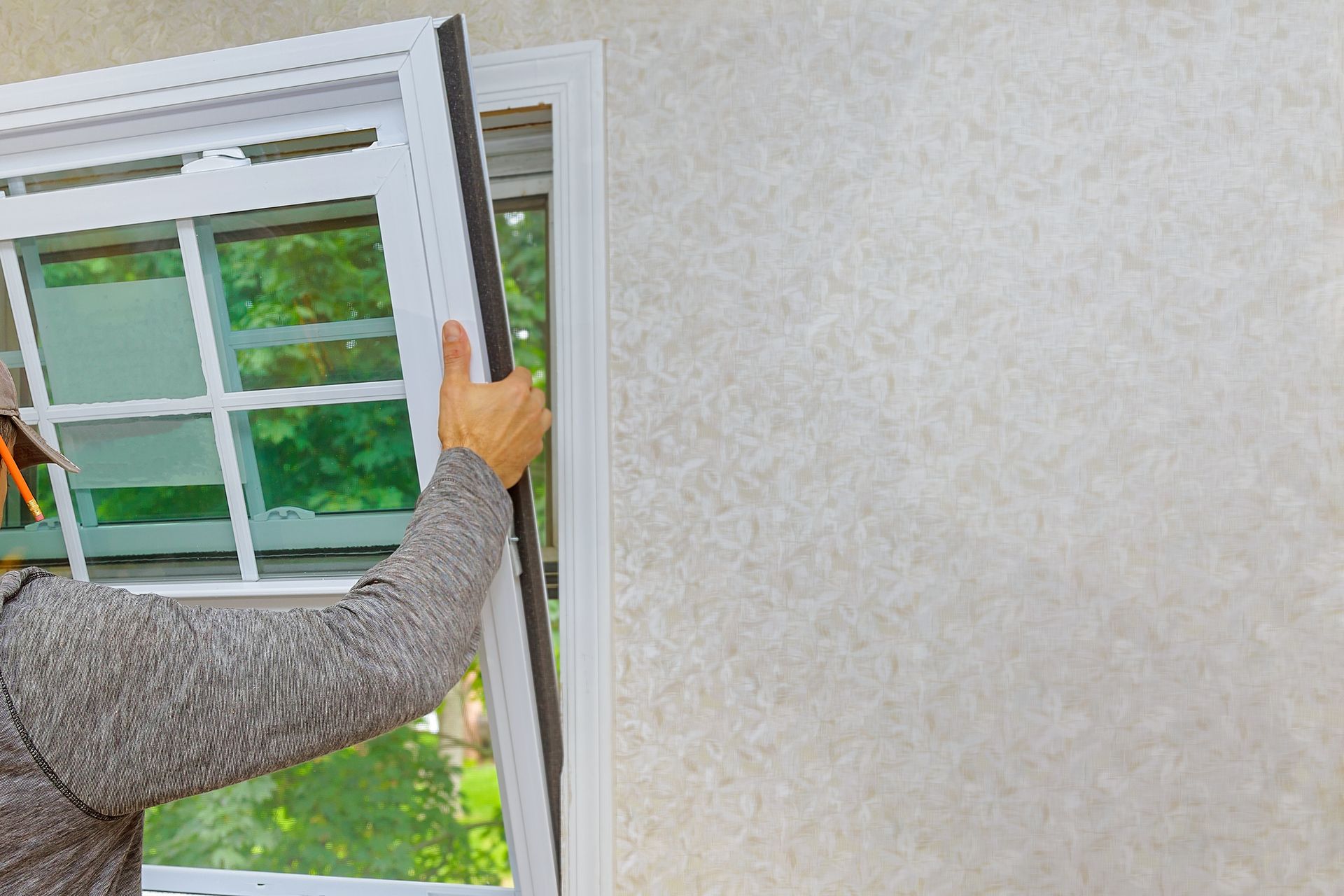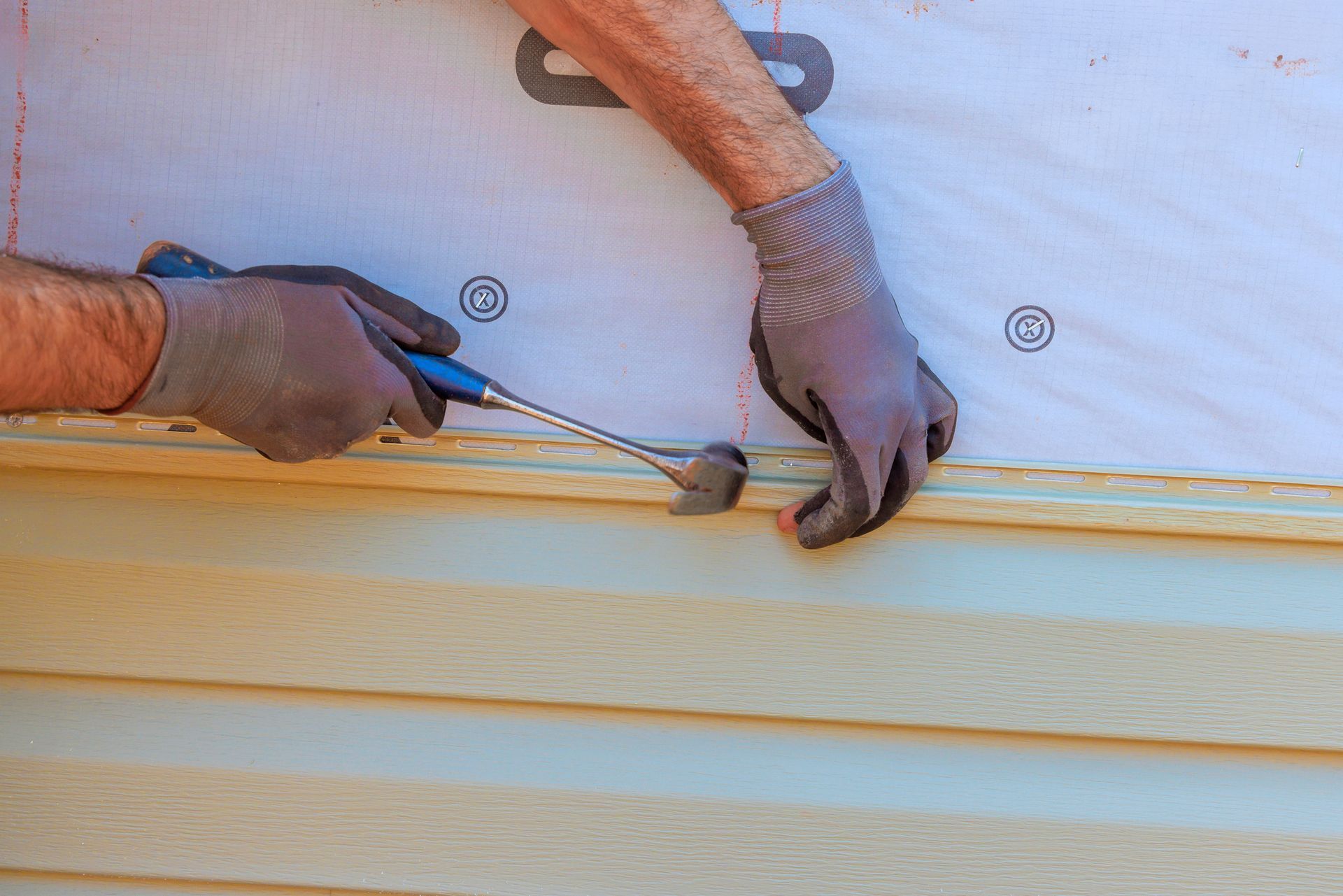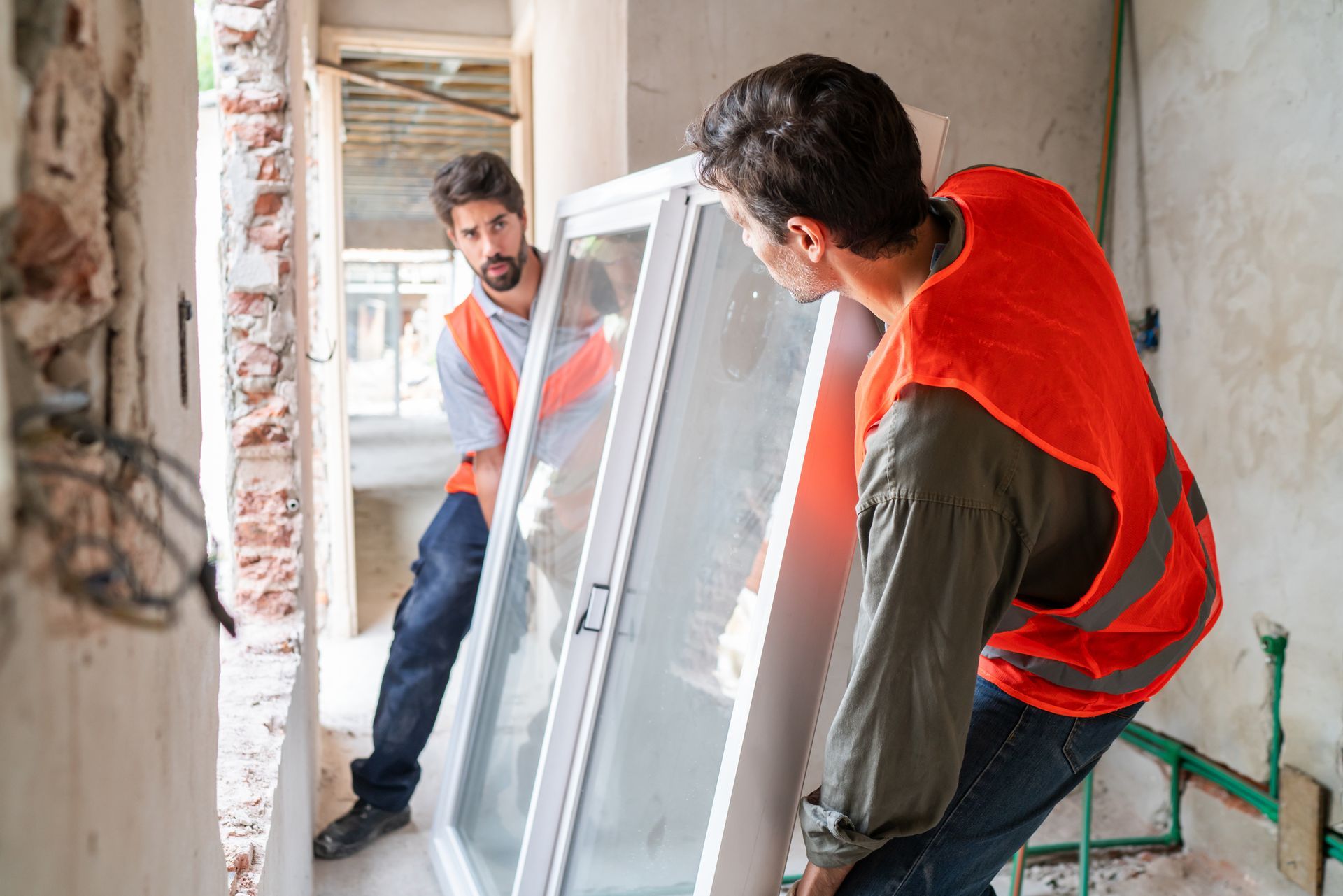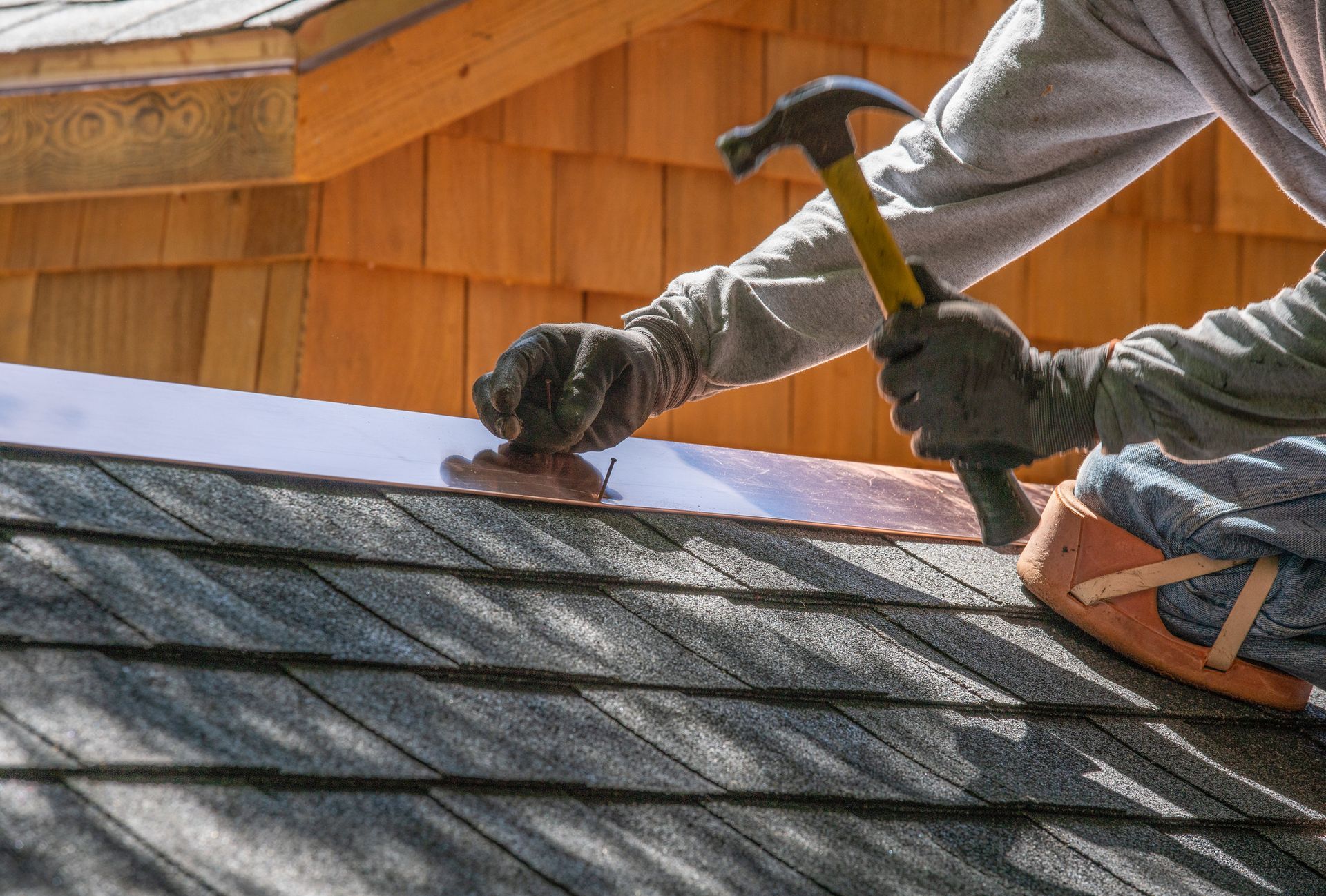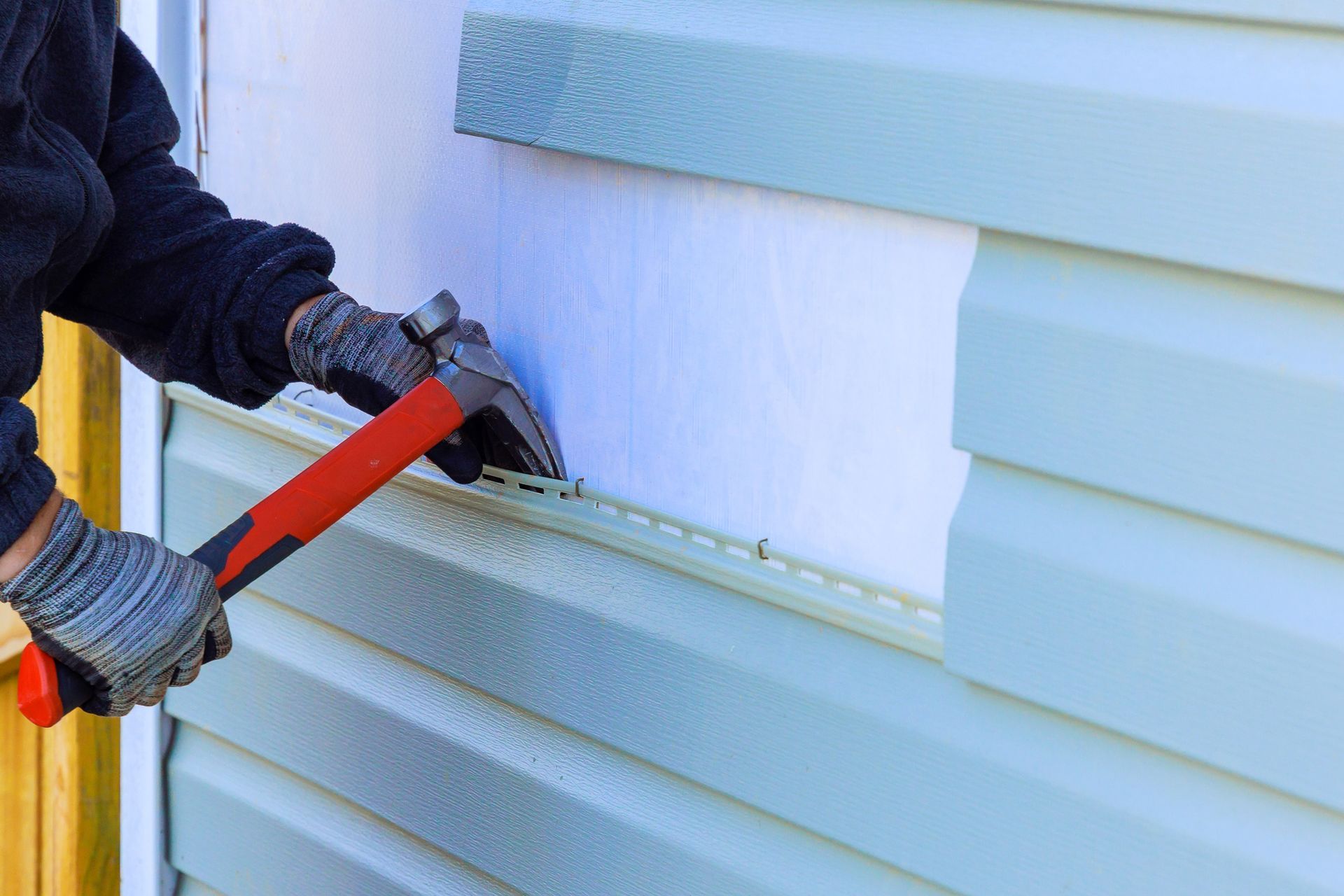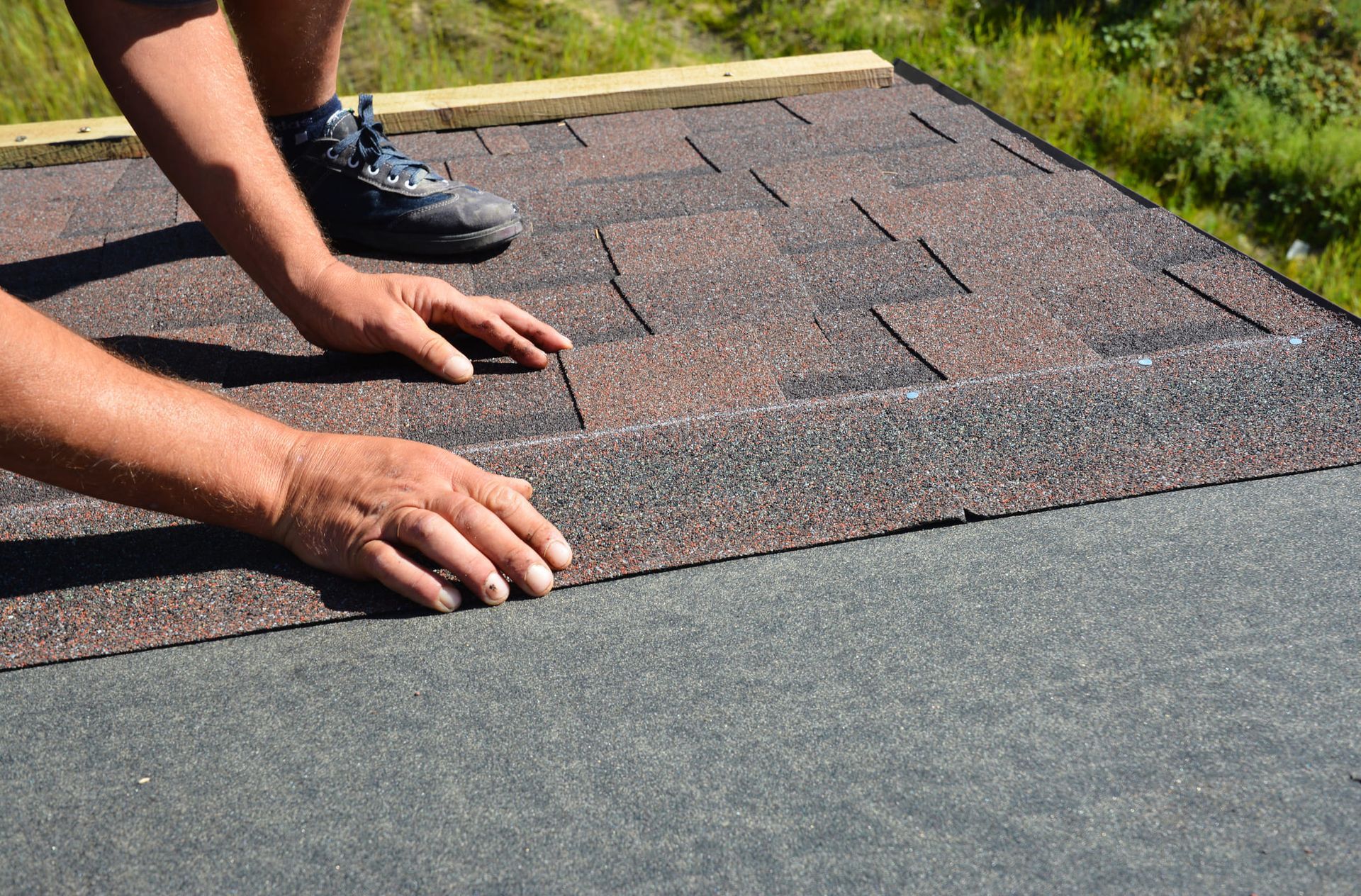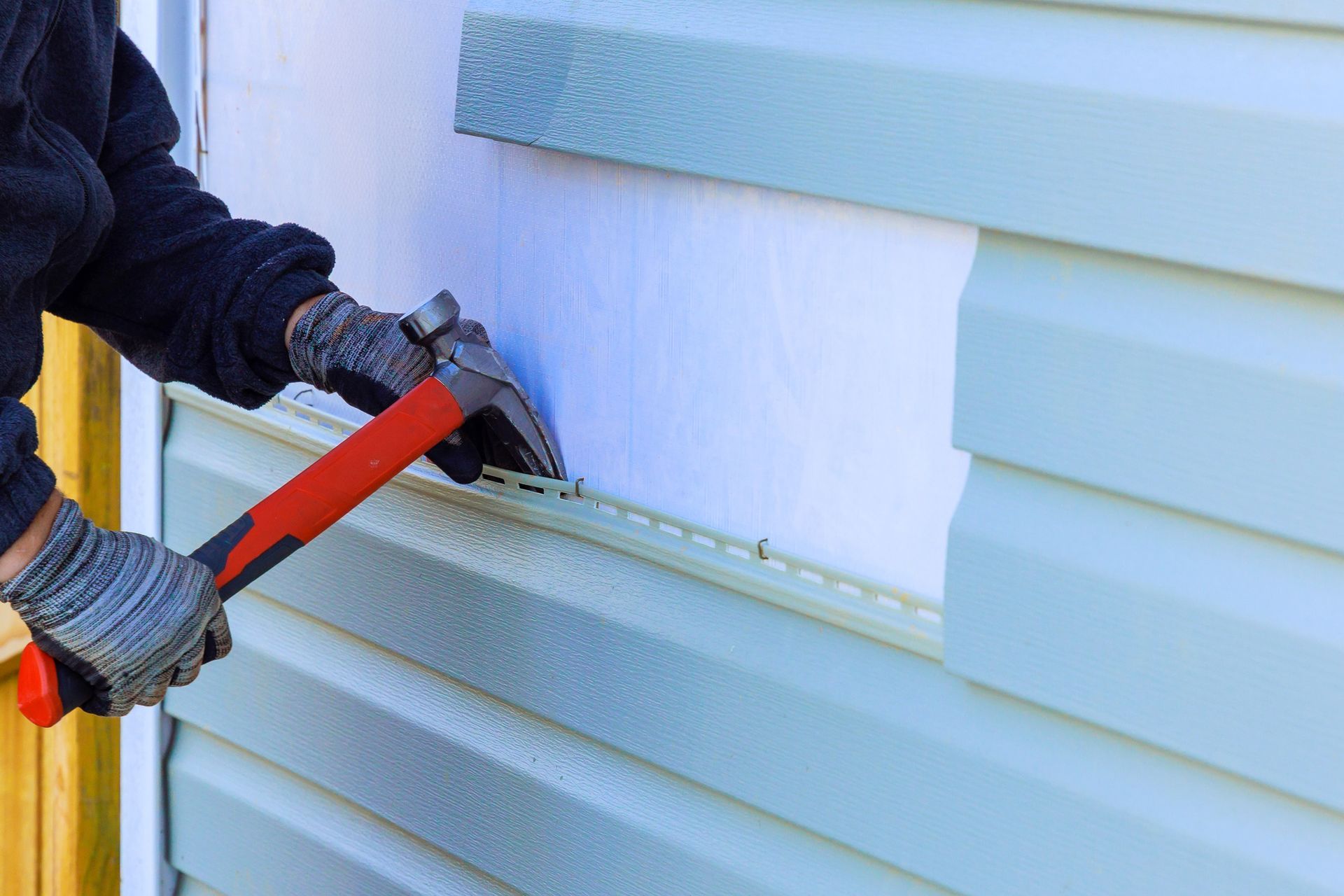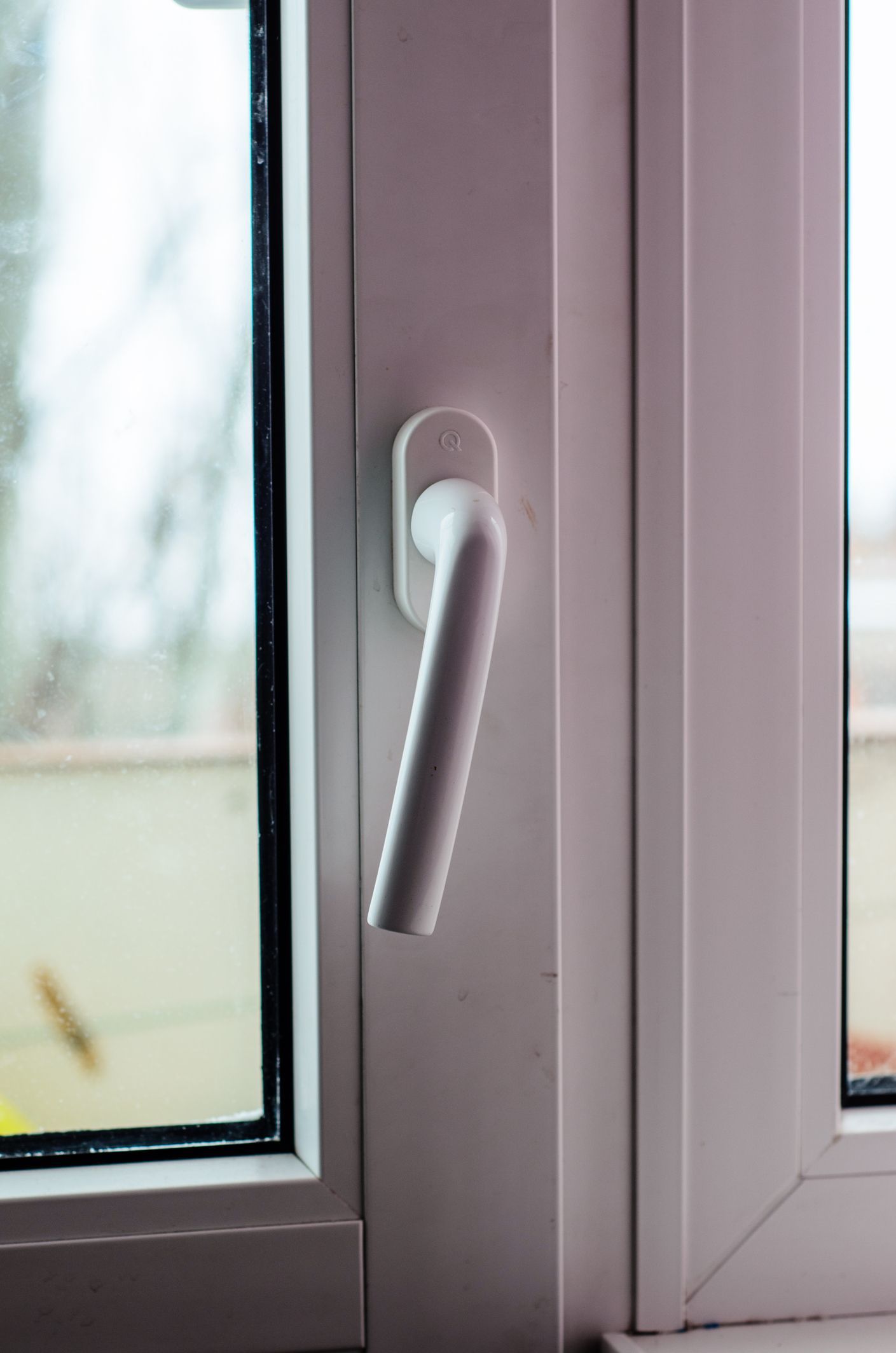Common Exterior Paint Problems and How to Fix Them
There are a number of issues that can affect the beauty of the exterior of your home. Blistering exposure to the sun, frequent rain, snow, hail, and changes in temperature are among the most common conditions that affect exterior paint. While different types of siding can handle environmental stresses differently, it’s always best to be educated about possible problems. Knowing how to identify these issues before they become problems will allow you to find a solution and keep your home looking its best.
The problem: Peeling
Causes
- Old Paint- A new coat of paint will only stick as well as the coats of paint beneath. Peeling paint could be due to insufficient scraping of the old coating before applying new paint.
- Moisture- Moisture from the interior and exterior of your home can cause paint to peel. This usually happens when water finds its way behind the paint film and causes peeling when the moisture is trying to find its way out.
- No Primer- If the most recent coat of paint was applied directly to wood or a glossy surface there is not enough for the paint to adhere to.
Solutions
- Pressure-wash, Scrape and Sand- Pressure-wash to clean the surface and remove loose/peeling paint. Scrape the remaining peeling areas and sand the edges with sandpaper or an electric sander.
- Dry it out- Make sure there are no leaks in gutters or the roof. Use caulking to seal all cracks and joints.
- Primer- Apply a primer before paint!
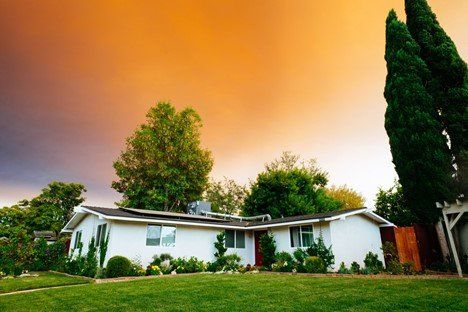
The problem: Blistering (bubbles)
Causes
- Moisture- Exposure to dew, humidity or rain can all be reasons for blistering paint.
- Contamination- If the exterior of your home was painted without first being properly cleaned this could be why your paint is blistering. Contaminants such as dirt and grease can cause a loss of adhesion.
- Heat- Excessive heat exposure to a fresh coat of paint can cause it to blister or bubble up.
Solutions
- Scrape and sand- Thoroughly scrape and sand down to bare wood and allow it to completely dry before applying new paint.
- Don’t push it- Do not paint late in the evening or early in the morning when dew is settling.
- Clean, clean, clean- Always use a pre-paint cleaner or pressure washer to clean the exterior and allow it to dry completely before painting.
- Use good judgement- Make sure to feel the exterior of your home to gauge whether or not the surface is too hot to paint. Try and stick to areas of the house that are shaded or cool to the touch.
The problem: Alligatoring
Causes
- Oil-based paint- Although this paint is not as common these days, this is a condition that is common with oil-based paints.
- Incompatible paints- Using incompatible paints over each other, such as hard oil enamel over a latex-based paint, can cause this.
- Not allowing coats to fully dry- If a second coat was applied over primer or paint that was not completely dried it could cause alligatoring.
Solutions
- Remove as much of the oil-based coating as possible.
- Replace oil-based paint with latex paint.
Need some help with your exterior paint issues? Give the expert team at Siefken Contracting a call! We’d love to help.

